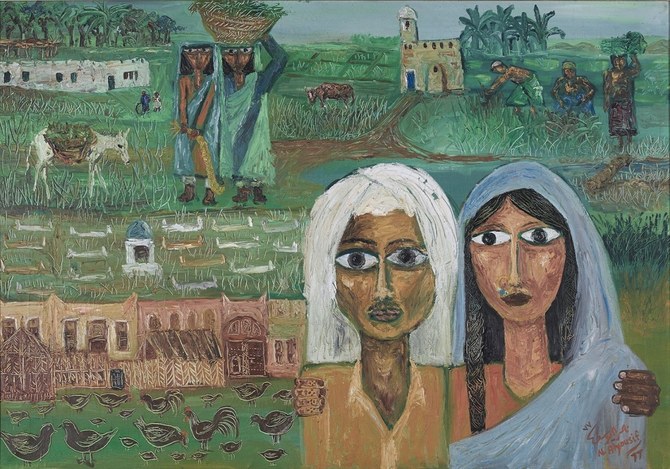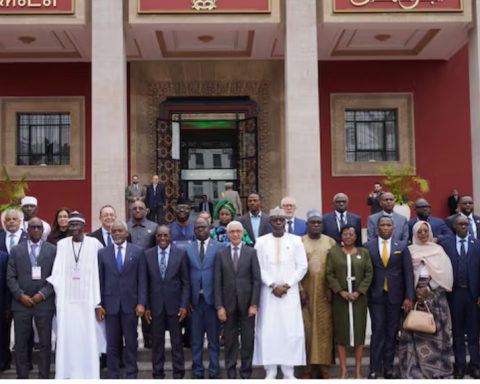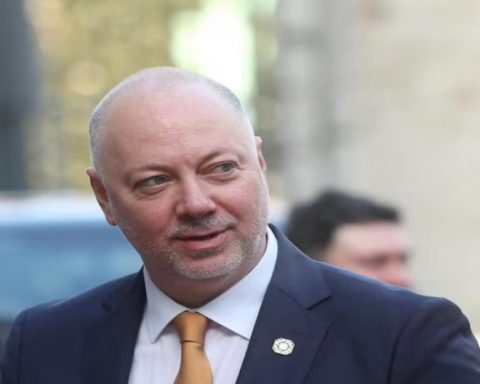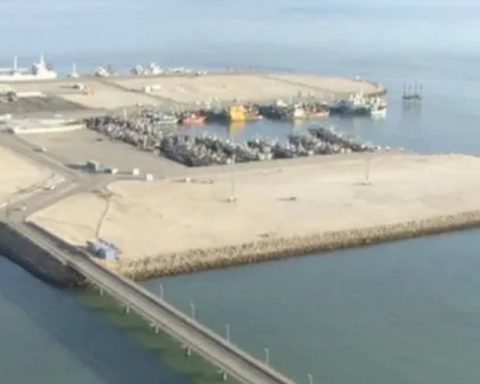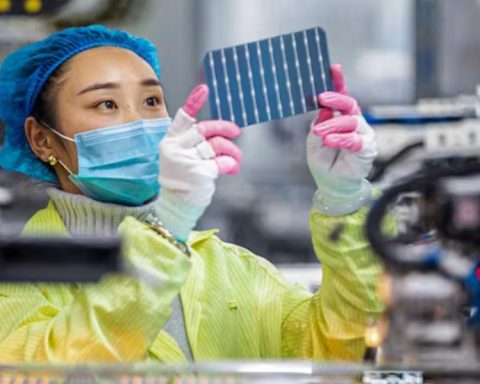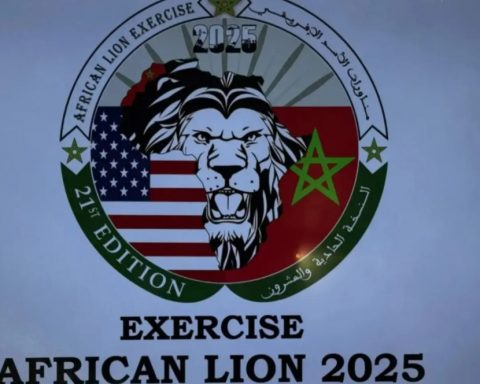The NYU Abu Dhabi Art Gallery is set to stage an exhibition documenting modern art movements in the Arabian Peninsula in September.
Widely regarded as a first-of-its-kind show, the exhibition is titled “Khaleej Modern: Pioneers and Collectives in the Arabian Peninsula, 1941-2008” and will run from Sept. 6-Dec. 11.
Curated by Aisha Stoby, who helmed the inaugural Oman Pavilion at this year’s Venice Biennale, the show is a historical survey of twentieth century modern art movements across the Arabian Peninsula, collectively known in Arabic as the “Khaleej.”
The show will introduce modern audiences to the collectives that sprang up in the 20th and 21st centuries, including Kuwait’s Al-Mubarakiya School, which has been active since 1941, and Saudi artists Mohammed Racim (1911-1974), Mounirah Mosly, Safeya Binzagr, Abdulhalim Al-Radwi and Abdullah Al-Shaikh. The show also features work by Mohammed Al-Saleem and Abdulrahman Alsoliman from The Saudi House of Fine Arts in Riyadh.
By the 1950s, Bahrainʼs Manama Group had formed, with the following two decades seeing the emergence of Qatar’s The Three Friends collective and the UAE’s Group of Five, in addition to pioneering solo artists — all of which will be represented during the upcoming showcase.
“An exhibition like this is quite rare, a kind of opening salvo and call to action, offering new vistas on art history and art practice in this region Executive Director of The NYUAD Art Gallery Maya Allison said in a released statement. “Rather than a definitive survey, this project sets us on a journey to explore the under-studied — and, for some people, unknown — emergence of modern art in the Arabian Peninsula over the last century. It is a profound honor that Dr. Stoby will present her original research with us, in this exhibition that was many years in the making. I thank her for partnering with us for this crucial, pathbreaking project.”
For her part, curator Stoby noted that “many of the works in this exhibition will be on view for the first time in decades… enhanced by the presence of rare and archival material, ‘Khaleej Modern’ creates a space and offers resources for learning and re-understanding our own histories. More broadly, we hope the exhibition will contribute to wider regional and global understandings of modern visual art.”

